The Album Art of Leif Podhajský
We speak with the mixed-media artist about his mesmerizing designs for Kelis, Tame Impala and more

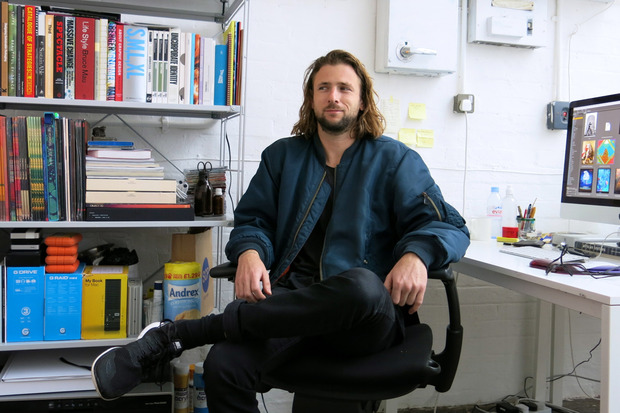
In Leif Podhajský’s studio (an old converted stable in Shoreditch, East London) there is a shelf filled with albums that he’s designed; their colorful spines lined up one after the other. Designed by mixing digital images with painted textures and drawings, the artist and creative director has created artwork that’s trippy, visually arresting and entirely complementary for the music it represents. That mix of mysticism and technology means Podhajský’s unique, recognizable style has led to him being approached by major players in and outside of the music world.
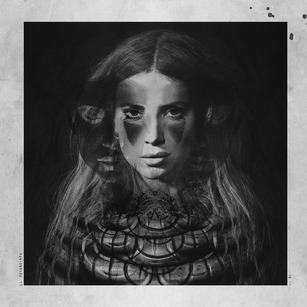

Since his first album cover for Tame Impala’s Innerspeaker, Podhajský has worked with artists including The Horrors and Lykke Li, and designed and directed the kaleidoscopic, mind-bending video for Mount Kimbie’s “Made to Stray.” After moving to London from Melbourne three years ago, his reputation has continued to grow—along with his portfolio. His latest album design work has been for acclaimed artist Kelis, and Young Magic—a band that he has worked with a number of times in the past. Cool Hunting visited him at his studio for a discussion about his influences, technology and matching art with music.
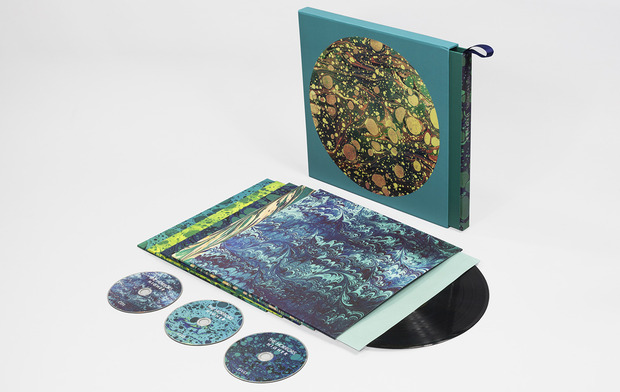
How did you start working with record labels and artists? Was it something that you had set out to do all along?
No, I had a graphic design studio in Melbourne with a friend and started experimenting with chopping up images. I put that work on its own website, and it just started getting picked up by blogs and magazines, which is how I got the first Tame Impala cover. I really liked the band and actually emailed them because I [wanted] to do something for them. They never got the email, but someone at the label saw an interview that I did for Lodown Magazine and said, “Let’s get him to do the artwork.” So, it worked out.
Why do you think your prints work so well with music? Is there something in your design that just suits album covers?
I think there’s a collective consciousness of music and artwork, things that all come out at the same time. I’m just channeling what’s happening out there, and I think musicians do the same thing. There are a lot of bands that have that certain sound that suits some of my artwork; they’re a bit reminiscent of psychedelia, but quite modern in their approach. Whatever it is that has that weird, abstract element suits the work that I do. I also really love music and when I hear it, I kind of see colors and shapes—so it’s quite easy for me to base artwork on music. I always listen to music when I create.


Does the way you design a cover change with the music? The Kelis album is less psychedelic than previous covers.
At the end of the day, you want something that works with the music and has elements of my style coming through. The Kelis album is not so much like my style, but still has the texture and colors of a lot of my art, and she really wanted it to have that ’70s feel. I suggested that we do that, but bring it into the now—make it a bit more modern and bold.
I’m really interested in technology because that’s the world we live in, and I think every artist should explore the medium of their time.
Your work combines quite a retro medium—album covers—with a very modern way of creating art.
I guess you can describe it as digital techniques with organic-feeling outcomes. I’m really interested in technology because that’s the world we live in, and I think every artist should explore the medium of their time. I don’t think digital art is really in its prime yet, it’s still quite small compared to fine art. I always associate it with electronic music and when that first came out, and people said things like, “You’re not a real band, you’re not playing real instruments.” I find that digital artwork is the same thing: taking elements from different places, manipulating them and trying to put a different spin on it and come up with a new idea. That’s what electronic music did and now it’s huge—and completely integrated into the mainstream. Almost every art movement was on the fringe in the beginning and then became accepted in some way. I would definitely like to start doing more art-based things with my work, and exhibit more.
What inspires your work?
I put a lot of things that influence me on my blog, MELT. It’s kind of my outlet for great things I find on the internet. You can find artists that haven’t had much exposure, and there are these niche pockets where people post things like ’50s anti-war posters from Cuba. That stuff amazes me. You really can find anything. That’s why I love posting on MELT; you see an image and then you have to try and find out who it’s by, maybe do a reverse image search to discover who the artist is and what their life was like. I just like those little stories, and those things inspire me. A lot of my work is also influenced by where I grew up in Australia; on the beach, surrounded by nature—waterfalls, rain-forests. Nature affects my work a lot.
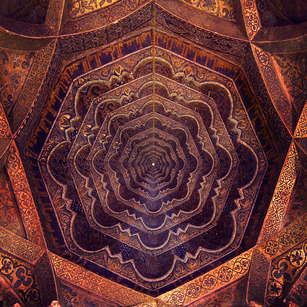

How was it to work with Young Magic for the Breathing Statues cover?
We’re old friends so we’ve worked together from the start. Usually me and Isaac [Emmanuel] sit down and go through stuff together, but this time we didn’t have as much time as I was working on other jobs, so it was shorter than usual. Because we’ve always lived close to each other, we’re usually into the same ideas anyway—it’s just an extension of both our worlds. The piece that we used for the new album was actually an older work that I’d done. We did create some new art for it, but then we went back to that one because it suited the sounds. I’d hung on to that design and didn’t use it for anything else because it’s a Young Magic piece. It was created for them.
For bands like Tame Impala—who you’ve worked with quite a few times—do you find you have a theme for the artist/band that you stick to?
It depends on the music. If the music is similar, then yes, but I think bands usually try to mix it up. But over a release, we try to make all the artwork—singles, vinyl, CDs, the box-set (if there is one) and any press material—tie together into one package, so that you can tell that it’s from the same tree.
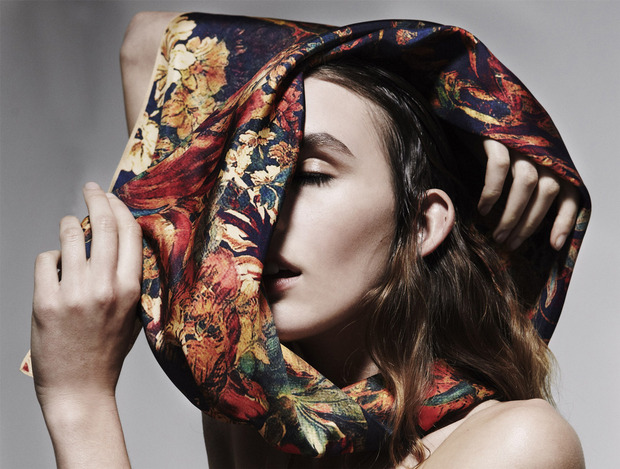
Do you have any non-cover-art projects coming up?
I’m trying to work on another exhibition, and there’s a Nike project coming up this year. It’s not that different from working with a label, because now that I’m known for my style, that’s usually what people want when they come to me. The Nike job I got because someone at the company loved my work and wanted to get me on a project.

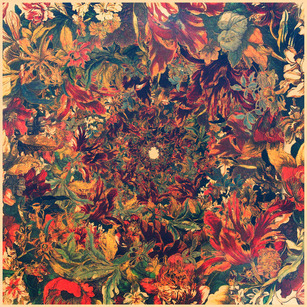
Are you designing any more scarves—are you interested in doing more product design?
I’m going to do some sweatshirts. They’re going to be all-over print sweatshirts, quite colorful and crazy. The fact that it’s a different market, a different medium, appeals to me—I don’t really want to be pigeonholed into just doing music. It’s a bit about creating a brand. And having some other way in which people can see my artwork—they can also see it in a gallery or get one of my prints. I just had friends move into a house to look after it for a month, and there were two of my prints on the wall. They asked the woman who lived there if she knew me, but she just liked the art.
Young Magic’s Breathing Statues was released this week and the deluxe box-set version of Kelis’ Food is available now for pre-order.
Portrait by Cajsa Lykke Carlson, all other images courtesy of Leif Podhajský











